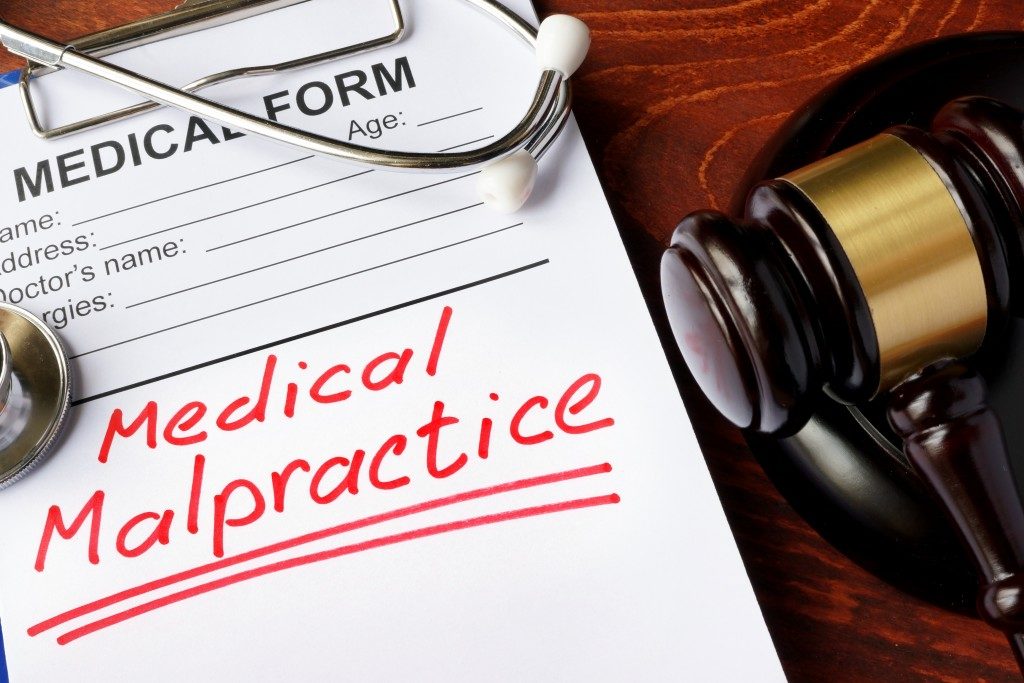According to the Medical Malpractice Center, there are about 15,000 to 19,000 suits against doctors for medical malpractice in the U.S. alone in a year. If you feel like your situation went worse, and you have proof that it has something to do with the medical professional who looked into your health, then you would surely want to get compensated.
The good news about this is that patients with medical malpractice concerns can talk to any lawyer or legal nurse consultant, provide a certificate, or any proof of the said malpractice and file a case.
What is medical malpractice?
Medical malpractice takes place when a professional health care provider fails to give a patient the appropriate treatment for an ailment that leads to greater injuries or even death. Often, the malpractice involves giving the wrong diagnosis, substandard treatment, and services in health management, medication dosage, or aftercare.
How is medical malpractice qualified?
For malpractice to be treated as such, certain factors must be considered.
- Failure to uphold and provide health care standards. Health care professionals and practitioners are required by law to adhere to certain standards of practice.
- The said negligence leads to injury and harm. A patient must prove that injury or harm was a product of the said negligence.
- The injury has damaging consequences. Considerable damage is enduring suffering and hardship, constant pain, disability, or significant loss of income.
What are the elements of a malpractice case?
For a medical malpractice claim to be successful, the complainant must prove the existence of the following elements:
- The health care provider and/or hospital owed a duty to the complainant
- The health care provider and/or hospital committed a breach of the said duty by failing to uphold the standard and quality of care expected of them.
- The said breach of duty brought about an injury that is closely related to the initial illness or injury of the complainant.
- The said breach resulted in considerable physical, emotional, or financial damage to the patient or complainant.
What are the damages the complainant or plaintiff can get from the case?
If the malpractice complaint case is successful, the complainant may be awarded punitive or compensatory damages.
Punitive Damages
This is a form of punishment that can only be awarded if the defendant is found guilty of malpractice charges through malicious or willful misconduct. This is a form of compensation on top of the actual damages.
Compensatory Damages

This type of damage usually involves damages to a person’s economy, like loss of earning capacity, medical and life care expenses, taking into account past and future losses.
It may also include non-economic damages. Non-economic damages assess the injuries and physical and psychological harm inflicted on the complainant due to the negligence. These may include losses such as loss of vision or legs, emotional distress and anguish, and extreme and recurring pain.
There are a lot of other areas to tackle as far as medical malpractice cases are concerned. You need to know the different types of error and malpractice so you know what to watch out for. Some serious past incidents and cases included hospital fires and patient suicides while under a health facility’s care.
The bottom line is medical malpractice cases, just like any other legal case, is costly and time-consuming, not to mention stressful. Give careful thought to your complaint before proceeding. In cases of minor injuries, you might spend more on the case than the money you hope to recover.

